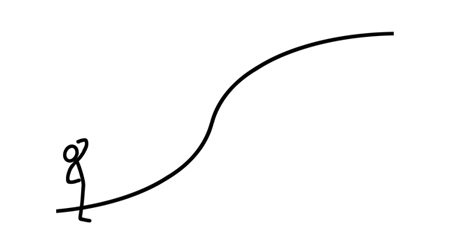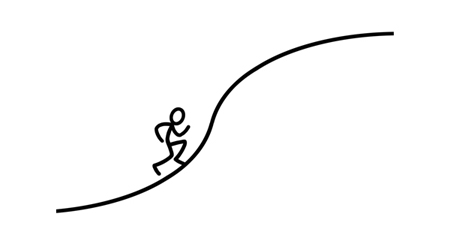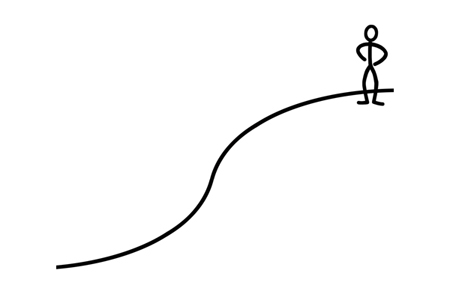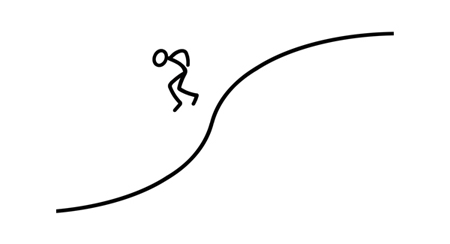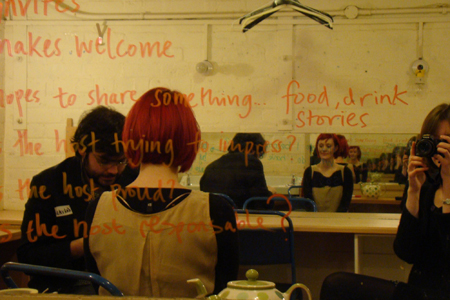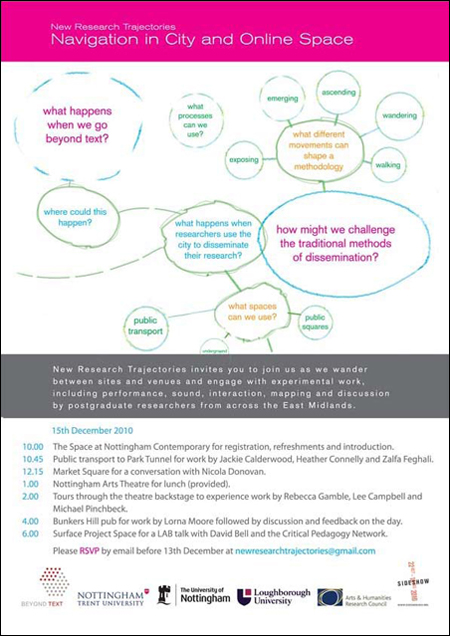Tribes and Territories: Academia in the Wild
Tuesday, May 10th, 2011This is the final post related to my participation in the New Research Trajectories event, Contemporary Art of Walking, in which I am exploring the use of geographical metaphors in educational theory and practice.
“It seems natural enough to think of knowledge and its properties and relationships in terms of landscapes, and to saturate epistemological discussion with spatial metaphors: fields and frontiers; pioneering, exploration, false trails, charts and landmarks.”
Becher & Trowler (2001, 58)
Becher and Trowler use the metaphor of academic tribes and territories to explore the relationship between the normative mode of disciplinary and professional contexts, and the operational mode of academic participation and interaction. Basically, territories provide the cognitive perspective whilst tribes provide the social perspective.
Whilst disciplines are partly socially (re)constructed through tribal activities, they are primarily territorial possessions, defined by their production of knowledge. Disciplinary boundaries can be tightly knit and heavily defended, or more distributed and open. But generally, disciplines do not map neatly with the tribal tendencies of academic communities, which operate in a state of constant flux due to the convergent and divergent patterns of mutuality and fragmentation inherent in academic migration, interdisciplinarity* and multiple membership.
Disciplines exhibit both cognitive (epistemological) characteristics – commonly classified in hard/soft and pure/applied terms – and social characteristics, defined by their forms of aggregation within the academic population, which Becher and Trowler describe as being predominantly urban or rural.
Those displaying ‘urban’ characteristics are tightly-knit and communal, engaged in intensive, highly clustered and competitive themes of enquiry. Those displaying ‘rural’ characteristics are individualised and solitary, engaged in numerous themes of enquiry that are highly distributed with far less, if any, overlap between them.
* Though we may be instinctively drawn towards interdisciplinarity, Garber (2003) suggests:
“If the new interdisciplines and study groups that now occupy and preoccupy us so excitingly were to become the centre of the academy, they would in turn become conventional, and the centre of intellectual interest and provocation would move elsewhere.”
References
Becher, T., & Trowler, P. R. (2001). Academic Tribes and Territories (2nd Ed.) Buckingham: Open University Press.
Garber, M. (2003). Groucho Marx and “Coercive Voluntarism” in Academe. The Chronicle of Higher Education (January 10).
